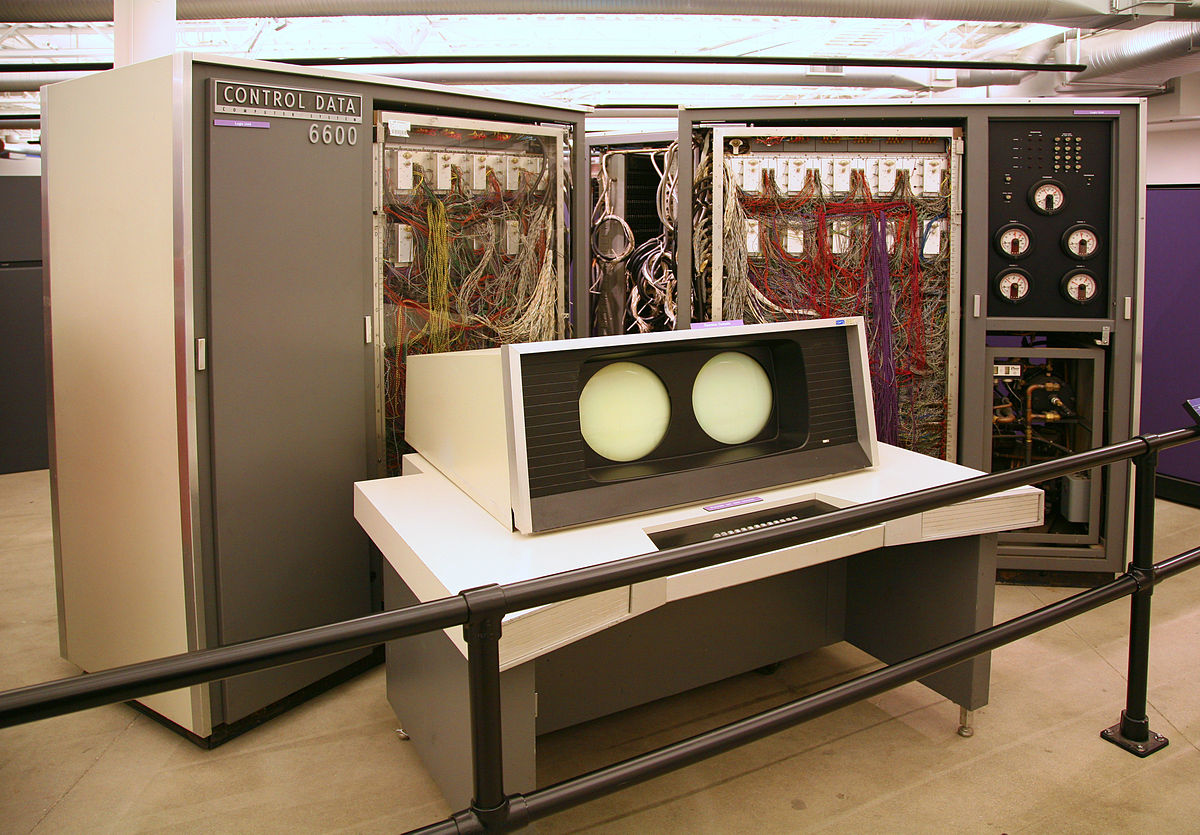
You might not remember, but most of you will have learned at some point during their high-school career that the circumference of a circle is proportional to its diameter: if you divide the circumference of any circle by its diameter you always get the same number. No matter whether it’s a large circle like the equator, divided by the earth’s diameter or a smaller one like a penny, or the diameter of an atom. The ratio of circumference to diameter is always the same number. And because this number creeps up everywhere and behind every corner in math, it acquired its own name: pi (or „π“, as mathematicians write it).
The intriguing thing about pi is that it can never be known with absolute precision because it is a number with infinitely many digits behind the decimal point. One can devise ever more clever schemes to come up with better and better approximations of pi, but the exact value of pi can never be known. It is unknowable.
Already three thousand years ago, an Indian architect described how to construct a round altar from a certain number of square bricks. In doing so, he arrived at an approximation of 3.16 for pi. He got the first place after the decimal correct, and that’s 2000 years B.C.
The Bible gives a round value of three for pi:
“…a molten sea, ten cubits from the one brim to the other: it was round all about,… a line of thirty cubits did compass it round about”
This is Biblical value is about 1500 years after the Indian version and not as accurate. But nobody really cared at this time. I guess the round number three was close enough for government work back then.
The Chinese, in the year 263 C.E. calculated pi as 3.14159 and set the record at five decimal places. It took almost 1100 years to add another two decimal places to that and up the ante to seven: 3.1415926. The record stayed in China because it was a Chinese astronomer and mathematician who calculated it.
From the year 1400 onward, things picked up some. Skipping over some intermediary stages, we arrive at 1706 in London, where a clever guy by the name of John Machin calculated pi to 100 decimal places. The famous Indian mathematician Srinivasa Ramanoujan found an extremely efficient way to calculate pi, which is still used today. He himself didn’t really push the record, but I believe he deserves a mention anyway.
Using a desktop calculator in 1946, the record fell to D. F. Ferguson who went all the way to 620 places behind the comma. I don’t understand exactly what drove this guy, but in 1949 he bested his own record and got 1120 digits of pi correct. Remember, desk calculators back then were mechanical, not electronic. They probably made a lot of noise, too. Mrs. Ferguson must have given her husband a lot of grief over that irritating rat-a-tat noise the machine kept making day and night. Here is a picture of such a machine:

From then onward, all calculations of pi were performed electronically. And as the power of computers evolved exponentially, so did the number of places to which pi was known. Here is a select few stages along the way:
1958: 10,000 in just shy of 1:45 hours on an IBM 704 computer. Et voilà, here it is:

I don’t think you could surf the internet with this just yet.
1967: 500,000 places in 28 hours on a CDC 6600

1988: 201,326,551 places on a HITAC/S-820/80 by a Japanese fellow who really got into the whole pi thing. He went on to establish a total of 17 pi-records over the years. His best one is:
2002: 1,241,100,000,000 places of pi in 25 days.
2016: 22,459,157,718,361 places in 105 days.
And finally, the currently still standing record of pi by Emma Haruka, a Google employee: 31 trillion digits, using 25 virtual machines and a cloud-based algorithm over 121 days.
Calculating ever more digits of pi has become a benchmark to prove the speed of a computer system. I’m expecting the next huge jump in accuracy as soon as quantum computers become mainstream. They will be orders of magnitudes faster. Something that took 105 days to calculate in 2016 will only take a few seconds — mark my words.
